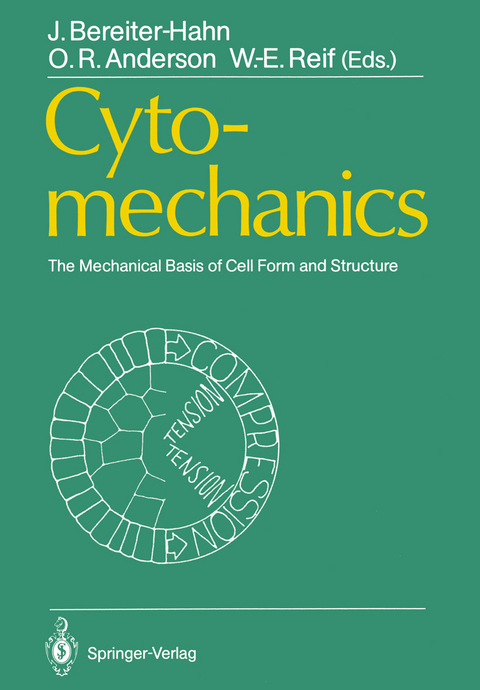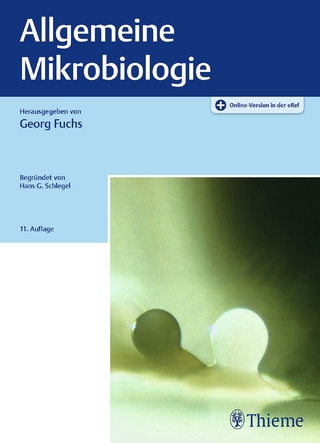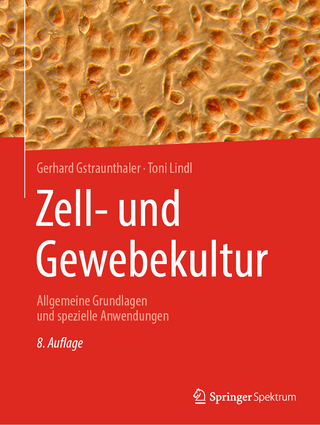
Cytomechanics
Springer Berlin (Verlag)
978-3-642-72865-5 (ISBN)
I. General Principles.- I.1 Mechanical Principles of Architecture of Eukaryotic Cells.- I.2 Evaluation of Cytomechanical Properties.- I.3 Use of Finite Element Methods in Cytomechanics: Study of the Mechanical Stability of the Skeletal Basal Plate of Callimitra a Biomineralizing Protozoan.- I.4 Mechanics and Hydrodynamics of Rotating Filaments.- II. The Supramolecular Level.- II.1 Mechanical Concepts of Membrane Dynamics: Diffusion and Phase Separation in Two Dimensions.- II.2 Implications of Microtubules in Cytomechanics: Static and Motile Aspects.- II.3 The Nature and Significance of ATP-Induced Contraction of Microtubule Gels.- II.4 Generation of Propulsive Forces by Cilia and Flagella.- II.5 The Cortical Cytoplasmic Actin Gel.- II.6 Dynamic Organization and Force Production in Cytoplasmic Strands.- III. Mechanical Factors Determining Morphogenesis of Protists.- III.1 Determination of Body Shape in Protists by Cortical Structures.- III.2 Morphogenetic Forces in Diatom Cell Wall Formation.- III.3 The Cytoskeletal and Biomineralized Supportive Structures in Radiolaria.- IV. Mechanical Factors Determining Plant Cell Morphogenesis.- IV. 1 Mechanical and Hydraulic Aspects of Plant Cell Growth.- IV.2 Plant Cytomechanics and Its Relationship to the Development of Form.- IV.3 Mechanical Properties of the Cyclamen Stalk and Their Structural Basis.- V. Mechanical Forces Determining the Shape of Metazoan Cells.- V.I Forces Shaping an Erythrocyte.- V.2 Hydrostatic Pressure in Metazoan Cells in Culture: Its Involvement in Locomotion and Shape Generation.- V.3 The Transmission of Forces Between Cells and Their Environment.
| Erscheint lt. Verlag | 11.1.2012 |
|---|---|
| Zusatzinfo | XIX, 294 p. |
| Verlagsort | Berlin |
| Sprache | englisch |
| Maße | 170 x 244 mm |
| Gewicht | 554 g |
| Themenwelt | Naturwissenschaften ► Biologie ► Mikrobiologie / Immunologie |
| Naturwissenschaften ► Biologie ► Zellbiologie | |
| Naturwissenschaften ► Physik / Astronomie ► Angewandte Physik | |
| Schlagworte | Cell • Cells • cell wall • erythrocyte • Mechanics • Membrane • Molecule • Morphogenesis |
| ISBN-10 | 3-642-72865-0 / 3642728650 |
| ISBN-13 | 978-3-642-72865-5 / 9783642728655 |
| Zustand | Neuware |
| Informationen gemäß Produktsicherheitsverordnung (GPSR) | |
| Haben Sie eine Frage zum Produkt? |
aus dem Bereich


